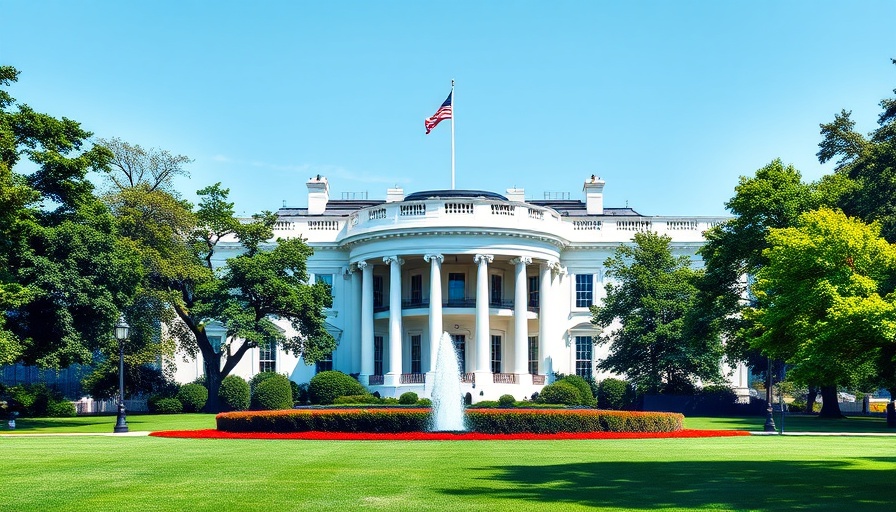
The Evolution of AI Under Trump: A Pivotal Timeline
The advent of artificial intelligence (AI) has reshaped various sectors, impacting everything from healthcare to transportation. Under the Trump administration, the evolution of AI policy marked a significant shift in the national stance toward technology development, prioritization, and regulation. Understanding this timeline not only sheds light on the past but also prepares us for the future.
Key Milestones in AI Development
When President Trump took office in January 2017, discussions surrounding AI were already burgeoning. However, it was his Tweet on January 23, 2017, that set the stage for a new era in AI policy-making. He highlighted the necessity for America to stay ahead in the global technology race. This marked the beginning of a series of executive actions that would redefine the landscape of AI in the United States.
Trump’s AI Executive Order: A Defining Moment
One of the critical actions taken was the release of the American AI Initiative on February 11, 2019. This initiative aimed to promote and protect U.S. AI technology, encouraging investment in R&D. Unlike previous frameworks that emphasized cautious development, Trump's approach prioritized speed and competition, signaling a robust commitment to AI leadership at the expense of regulatory oversight.
The Shift From Safety to Speed
The Trump administration faced criticism for its apparent disregard for the safety measures often associated with AI deployment. This criticism stems from the administration's tendency to prioritize the technological leap over ethical considerations and potential risks. As AI expands into every corner of society, from automated firearms to facial recognition systems, many believe that a lack of regulation could pose significant risks to privacy and civil liberties.
International Dynamics: Competitive Pressure
Globally, countries like China have positioned themselves as the new leaders in tech via heavy investment in AI research. This forced a reaction from the Trump administration, leading to a heightened sense of urgency regarding U.S.-developed AI. The White House employed strategies to bolster American industries and compete on a global scale, sometimes ideally at the expense of considered, ethical discussions.
Counterarguments: Advocating for Responsibility
While some stakeholders support the rapid advancement agenda, many others stress the importance of integrating responsible AI development. Critics argue that the increased speed without adequate checks could backfire, resulting in public distrust and potential backlash against AI technologies. The balance between fostering innovation and ensuring ethical governance remains an ongoing debate within the tech community.
Looking Ahead: Predictions and Future Considerations
As we move into the next legislative maturation of AI in the wake of Trump's administration’s finalized guidelines, the country faces more nuanced questions about the future of technology management. Will future policies adequately address the ethical challenges posed by AI? Will they prioritize public safety while still fostering innovation? These questions loom large as the Biden administration embarks on re-evaluating national AI strategies.
Reflecting on a Technological Era
For those involved in tech policy, research, or development, understanding the changes brought about during the Trump presidency can inform strategies moving forward. The focus has shifted — with each executive action dictating the flow of funds and resources that shape how AI is developed and regulated. This timeline serves as a critical lens through which we can examine the evolution of American AI policy.
As developments unfold in the AI space moving into 2025, stakeholders should remain informed and engaged in the discourse surrounding AI governance. Active participation in this conversation could lead to a balanced approach to technology that upholds ethical standards while promoting groundbreaking innovations.
 Add Row
Add Row  Add
Add 




Write A Comment